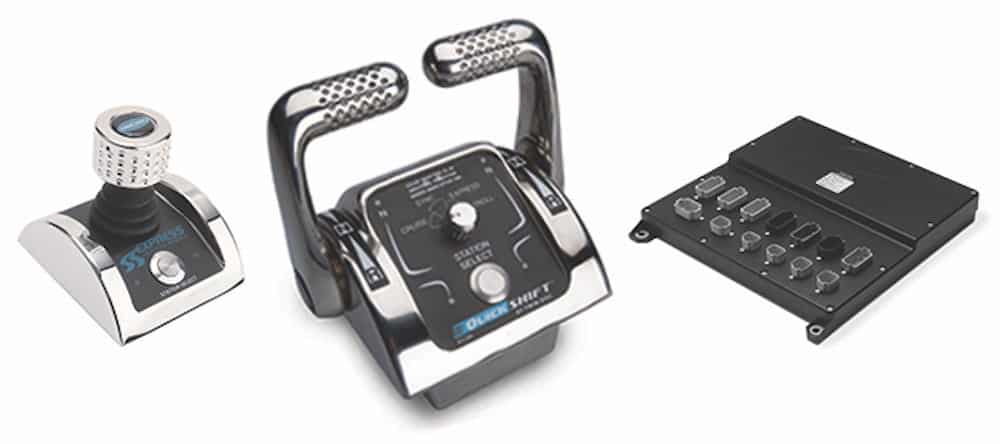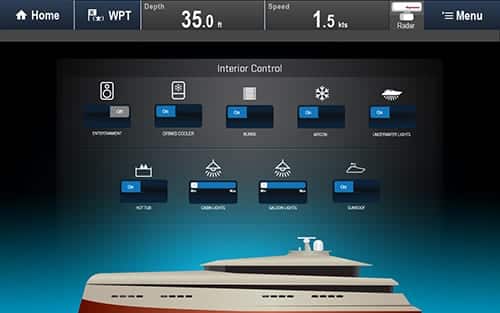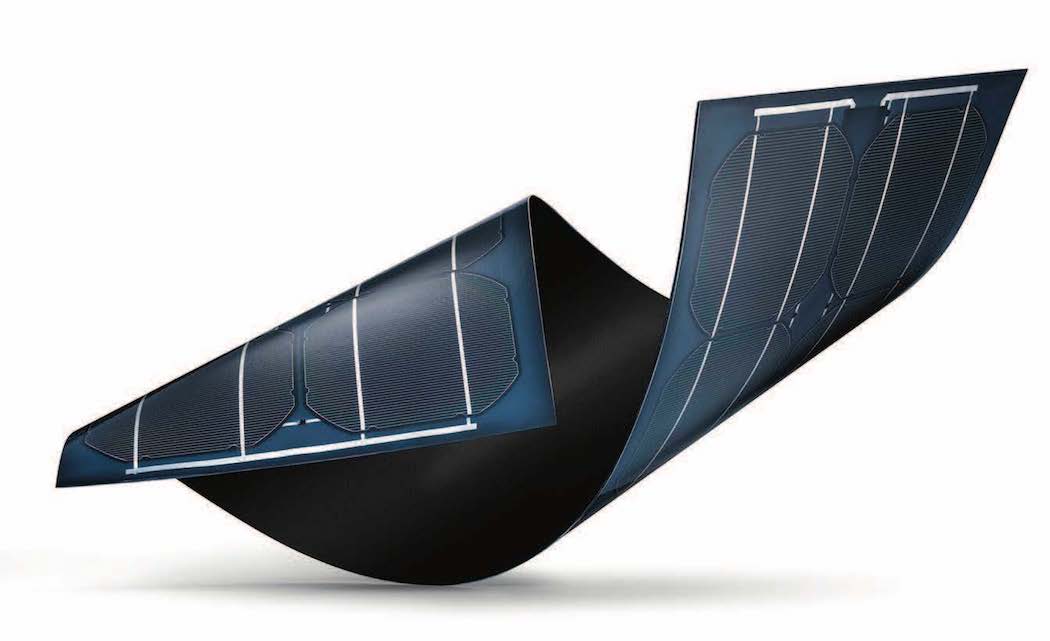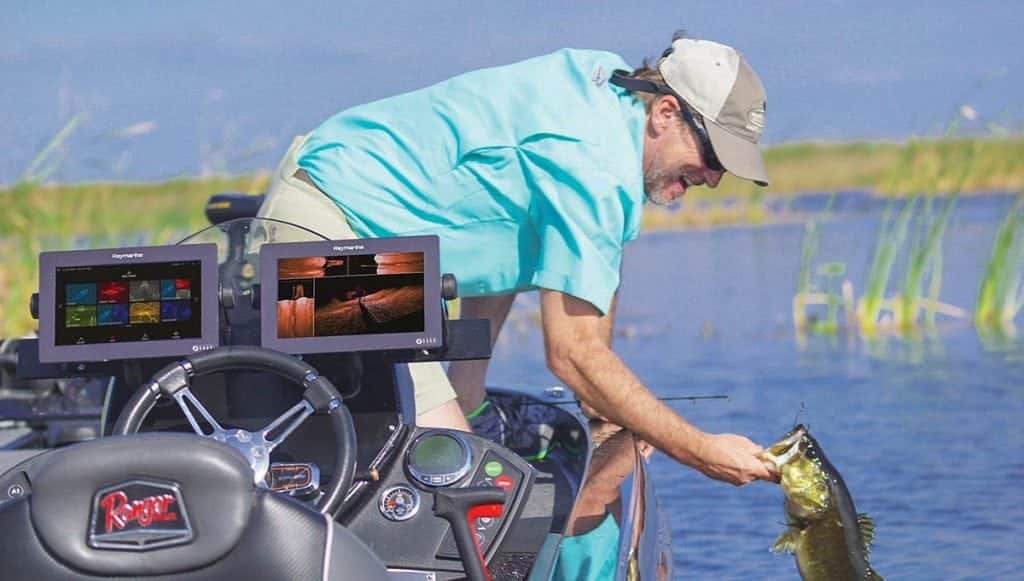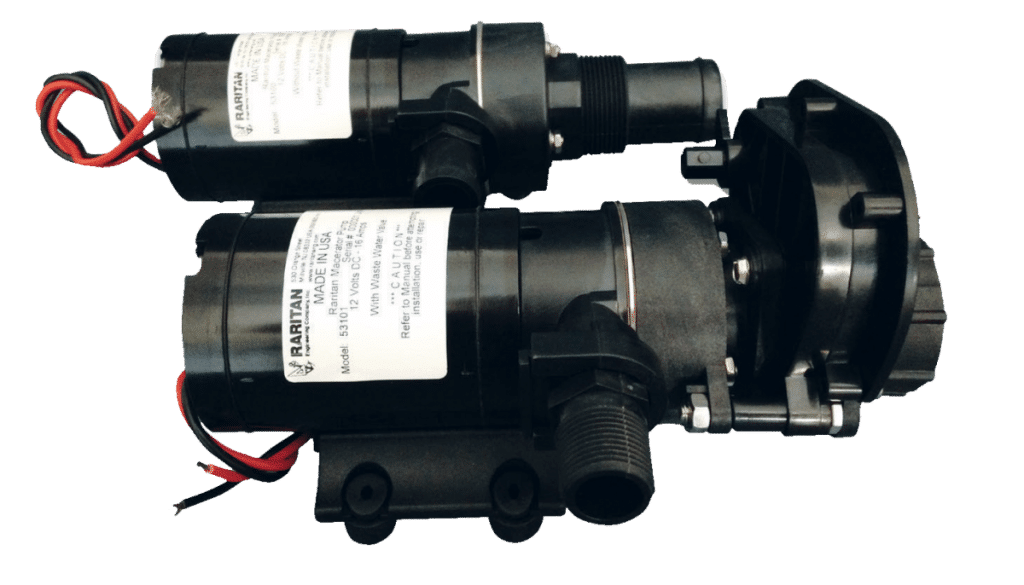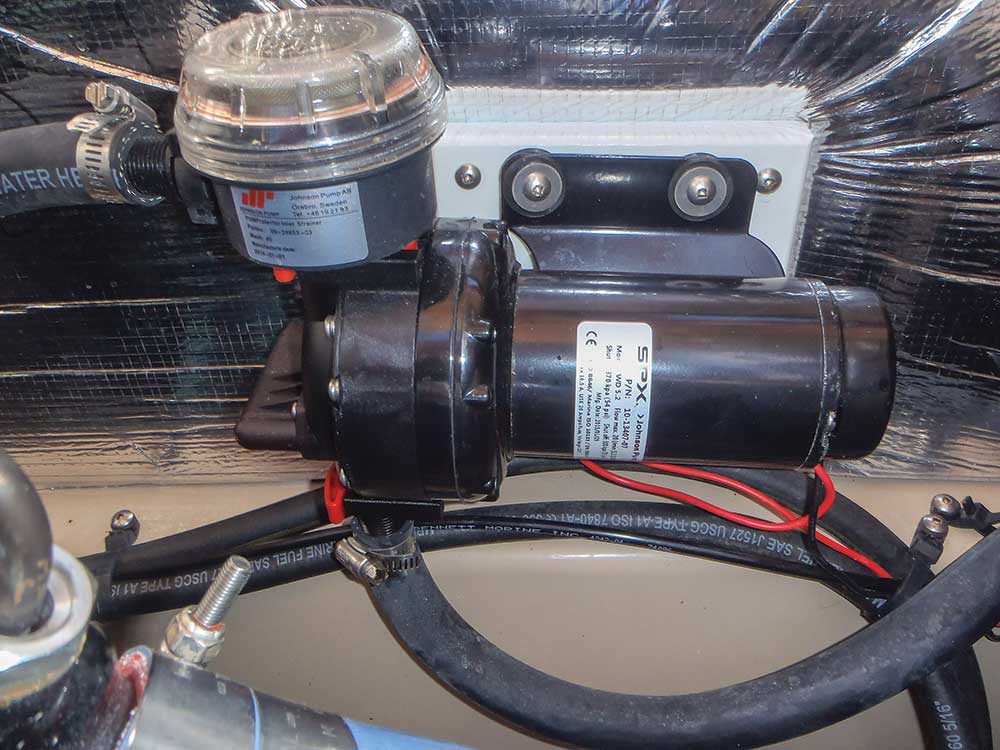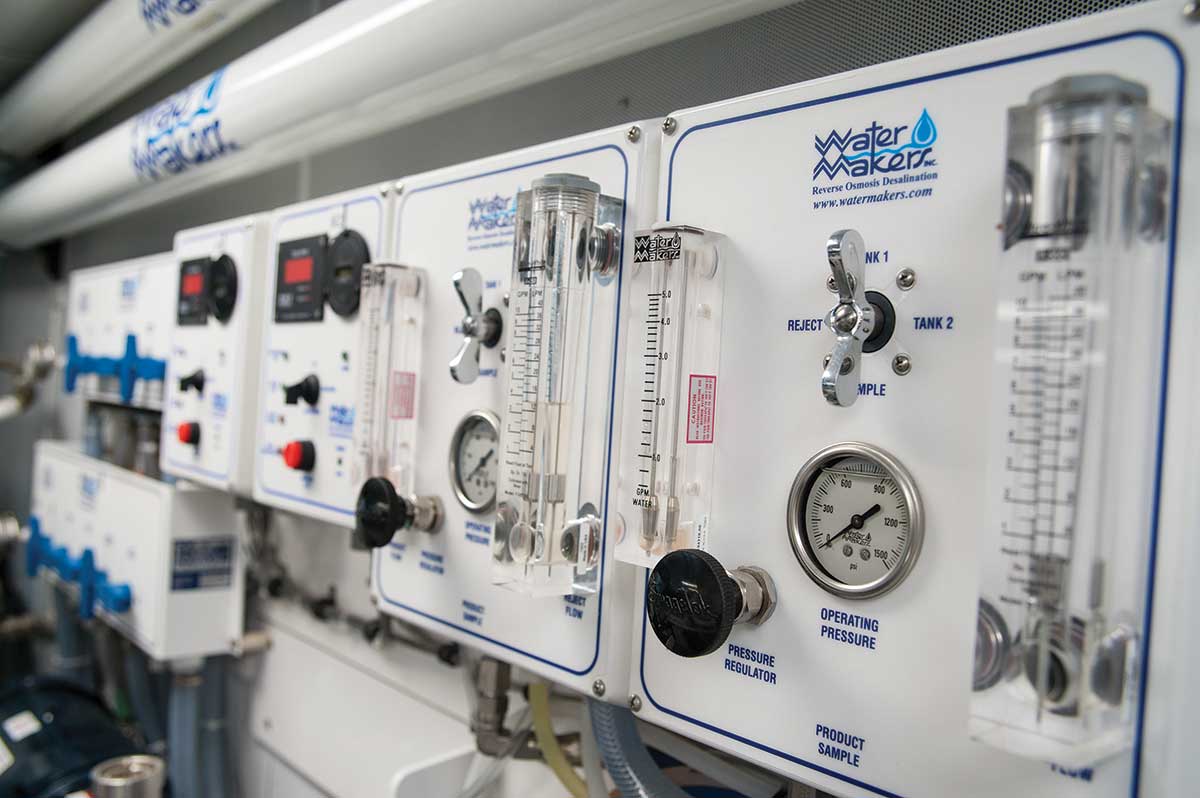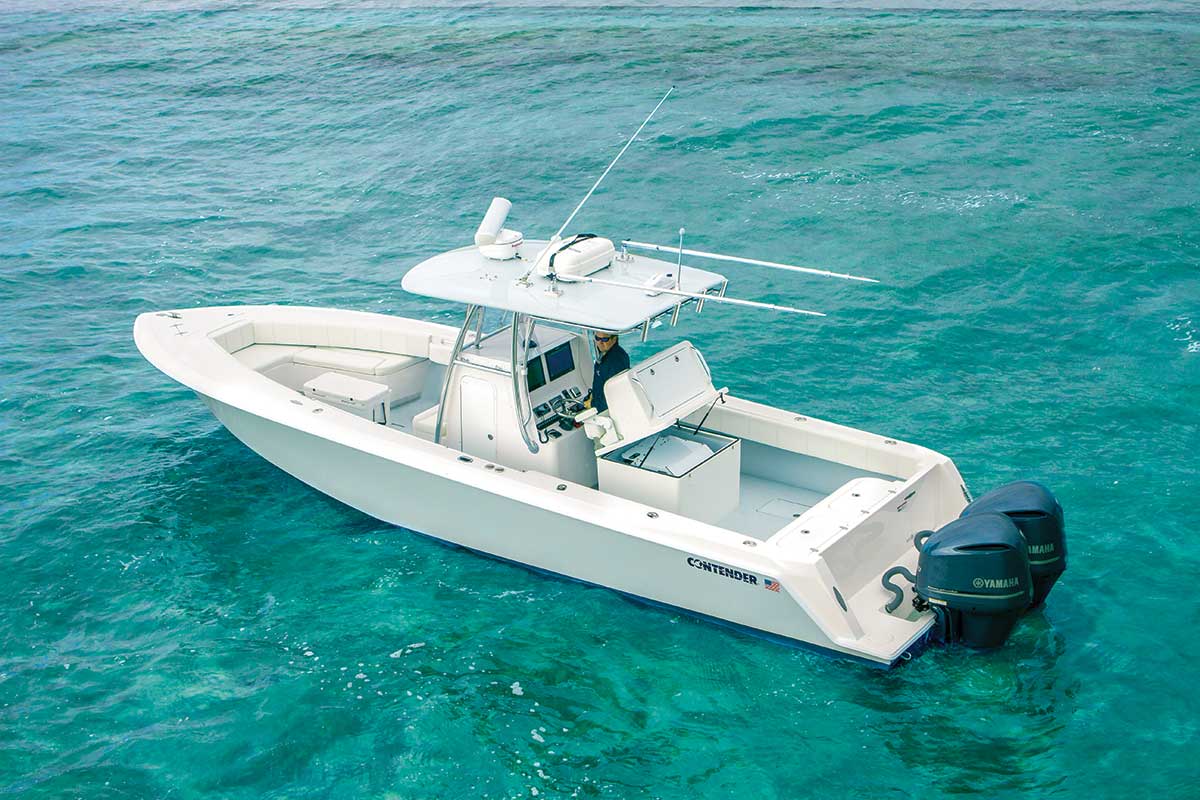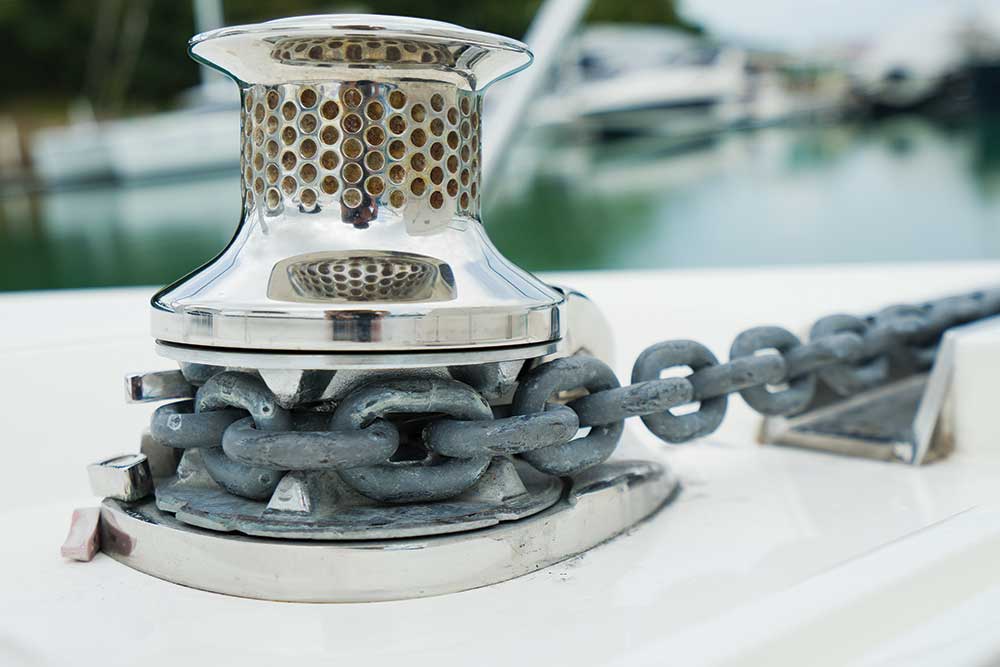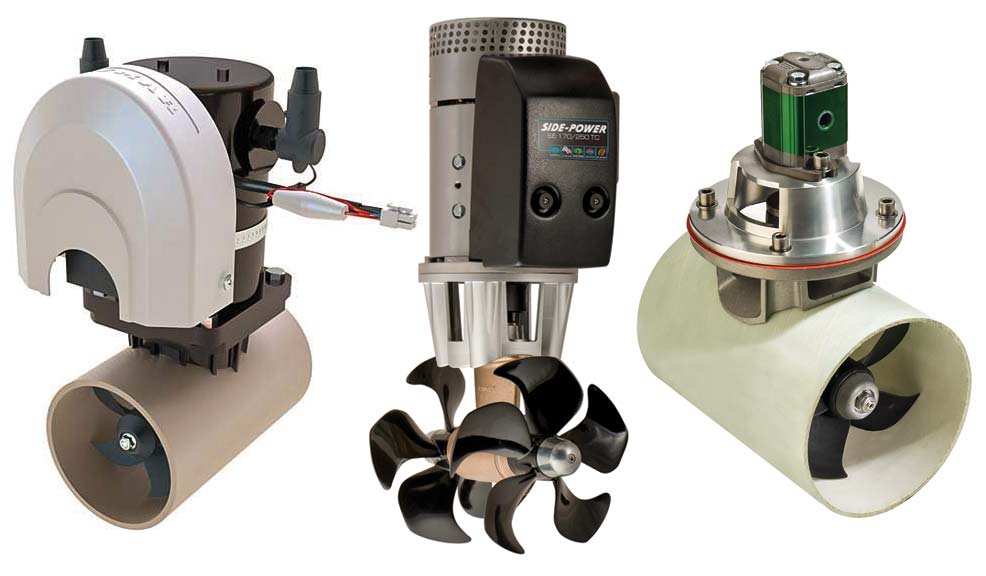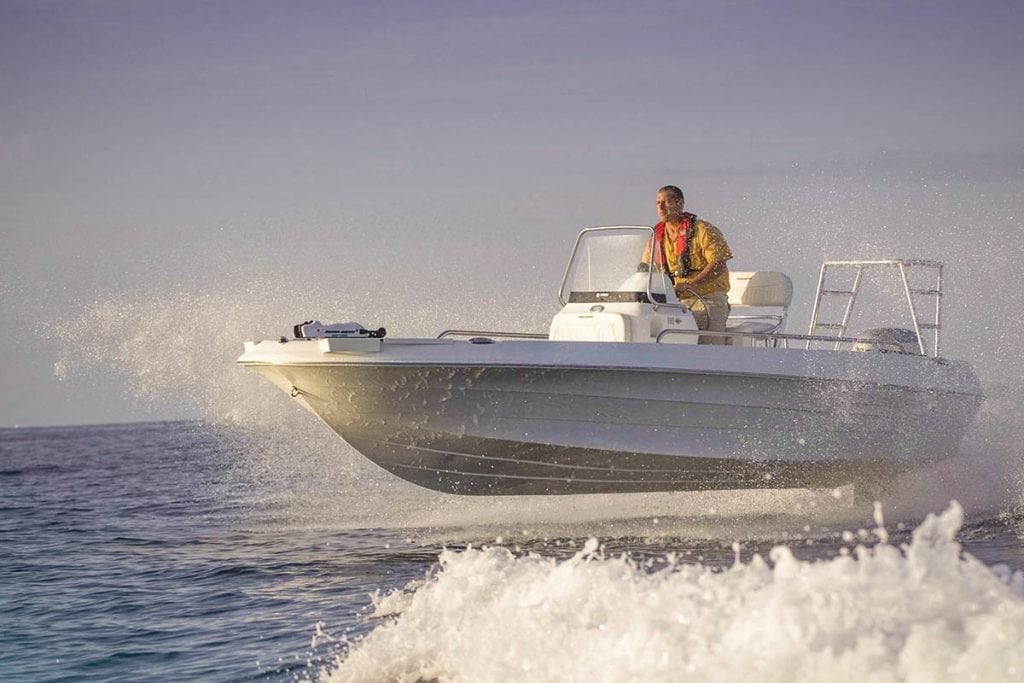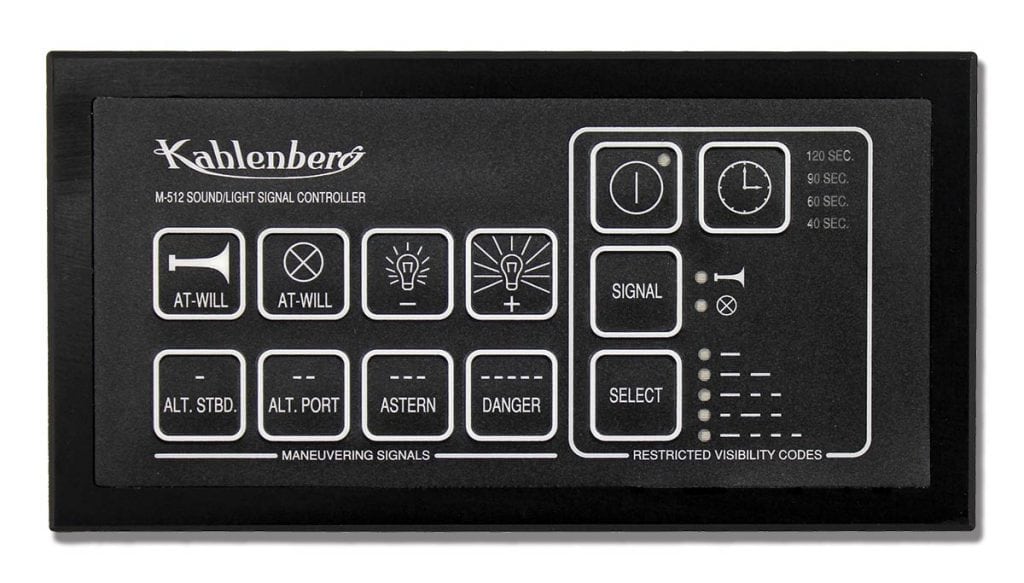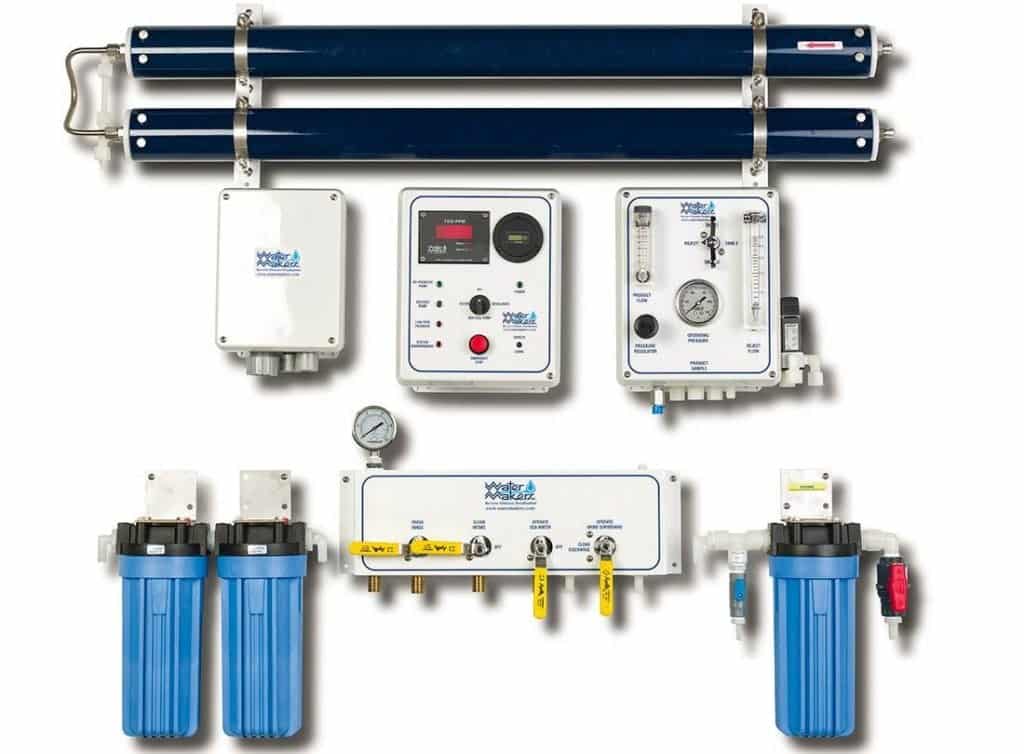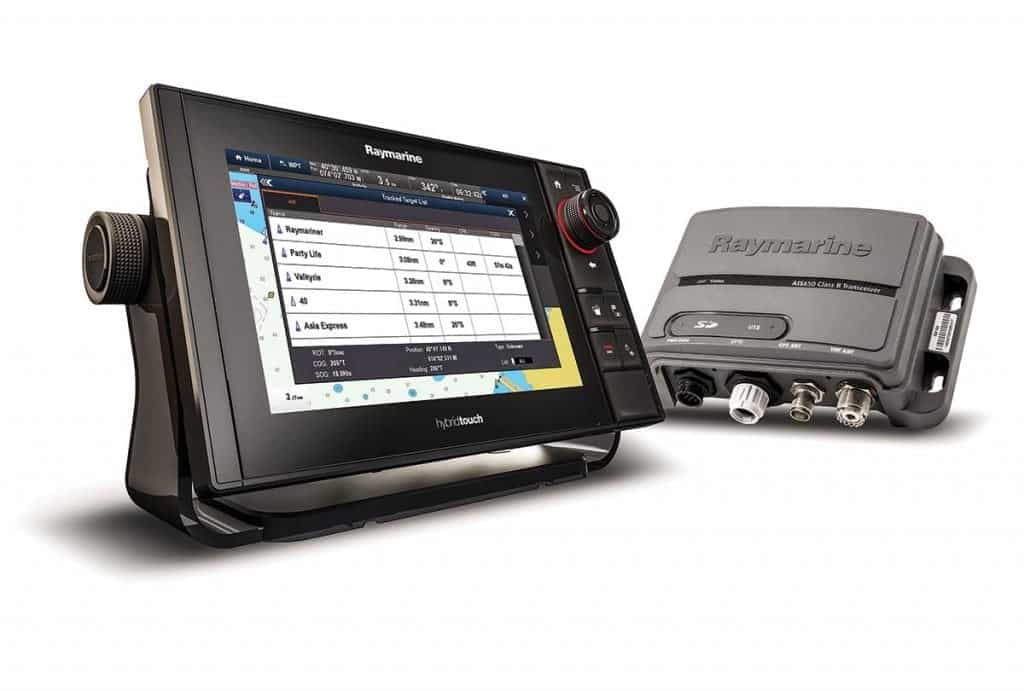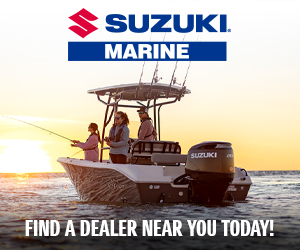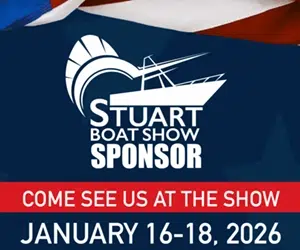Systems
Boat systems are inherently different than that of similar counterpart systems. Heads are certainly not bathrooms, nor are galleys quite the same as kitchens. Southern Boating has articles and resources to keep your heads, galleys and other boat systems in ship-shape.
Twin Disc’s Joystick
Twin Disc’s Express Joystick System® eliminates steering wheel and control lever use in docking. It cranks up a boat’s throttle through the...
Read moreDetailsDigital Switching
Your vessel will benefit from digital switching. Digital switching is one of the hottest trends in the boating world, and while typically...
Read moreDetailsSunflare Solar Panels
Having solar power on your boat means more time for enjoyment on the water, less time thinking about returning to the...
Read moreDetailsThe Internet of Boats
The Internet of Things (IoT): By now, you’ve probably heard of it and know it’s a thing. This concept of...
Read moreDetailsRartian Engineering’s Macerator Pump
Rartian Engineering's Macerator Pump with Waste Valve makes marine sanitation service quick and easy. This technical innovation, recently awarded a U.S. patent, has...
Read moreDetailsClean on Demand: Installing a Deck Washdown System
Add a deck washdown system for a squeaky clean boat. As a marine surveyor I’ve often wondered why many boat...
Read moreDetailsKeeping Up with the Watermakers
“Water, water, everywhere, and all the boards did shrink. Water, water, everywhere, nor any drop to drink.” I can’t read...
Read moreDetailsStability at Sea Goes Small
The new Seakeeper 3 gyro system offers stability previously only available to boats 40 feet and up. It still surprises...
Read moreDetailsThe Wondrous Windlass
Heavy-duty lifting is this marine powerhouse’s job. Dropping anchor in a beautiful cove is often the goal of cruisers, who...
Read moreDetailsBow Thruster Advantages
Adding a unit is easy, and provides confidence and safety when docking in challenging conditions. Single-screw boats can be difficult...
Read moreDetailsSmall Boat Performance
Four ways to optimize your get up and go! Feeling sluggish and inadequate? Eagerly awaiting that weekend water time but...
Read moreDetailsSignaling Horn Innovations
Kahlenberg’s new electronic horn raises the bar. The last thing you need when pulling someone else’s yacht out into the...
Read moreDetailsOnboard Watermakers
Watermakers take seawater and make it clean. Carrying hundreds of gallons of freshwater aboard your boat on long cruises is...
Read moreDetailsThe Fuel Measure
Fuel conditioners, additives and stabilizers Let’s get a few basic facts down before we open up the fuel fill and...
Read moreDetailsThe Rise of Data Exchange
Join the AIS Social Network Facebook, Instagram and Twitter are popular because many people are joining and using these social...
Read moreDetails

